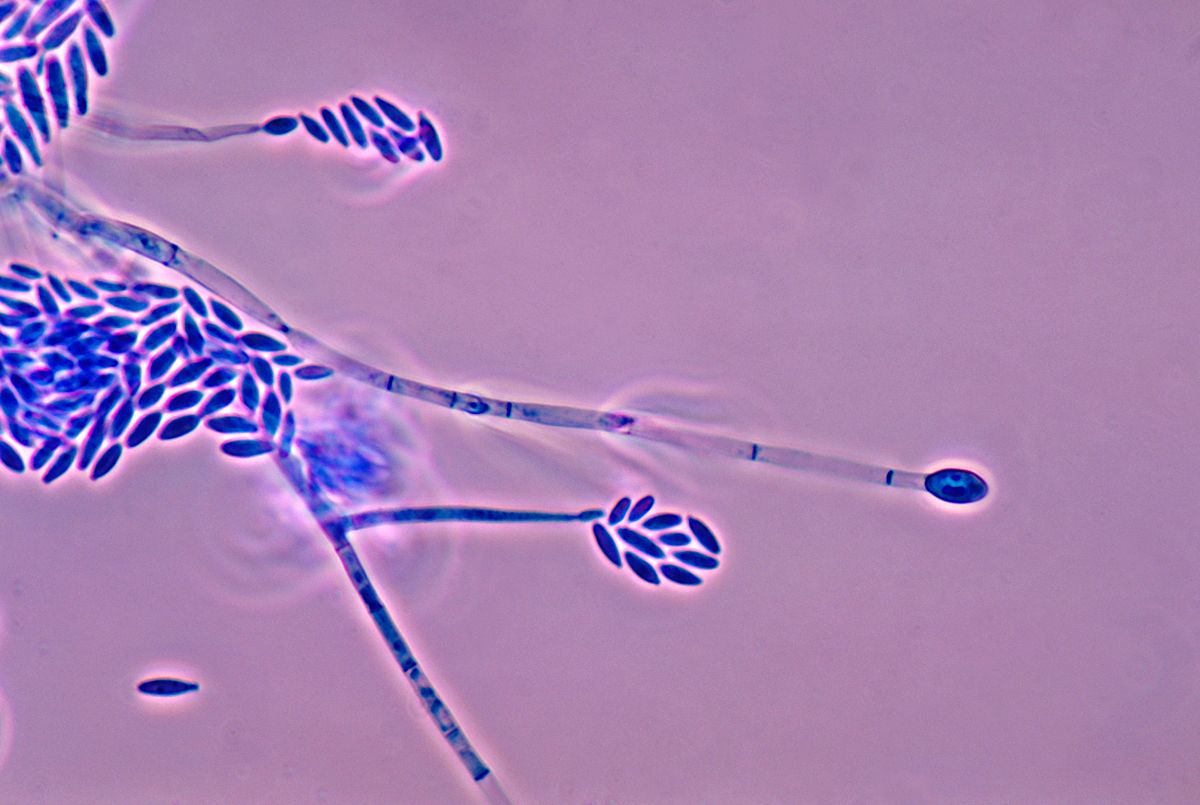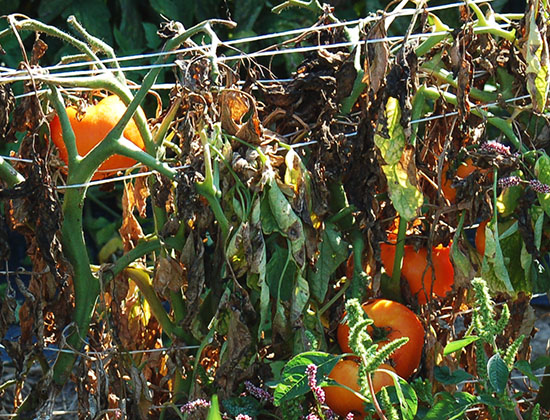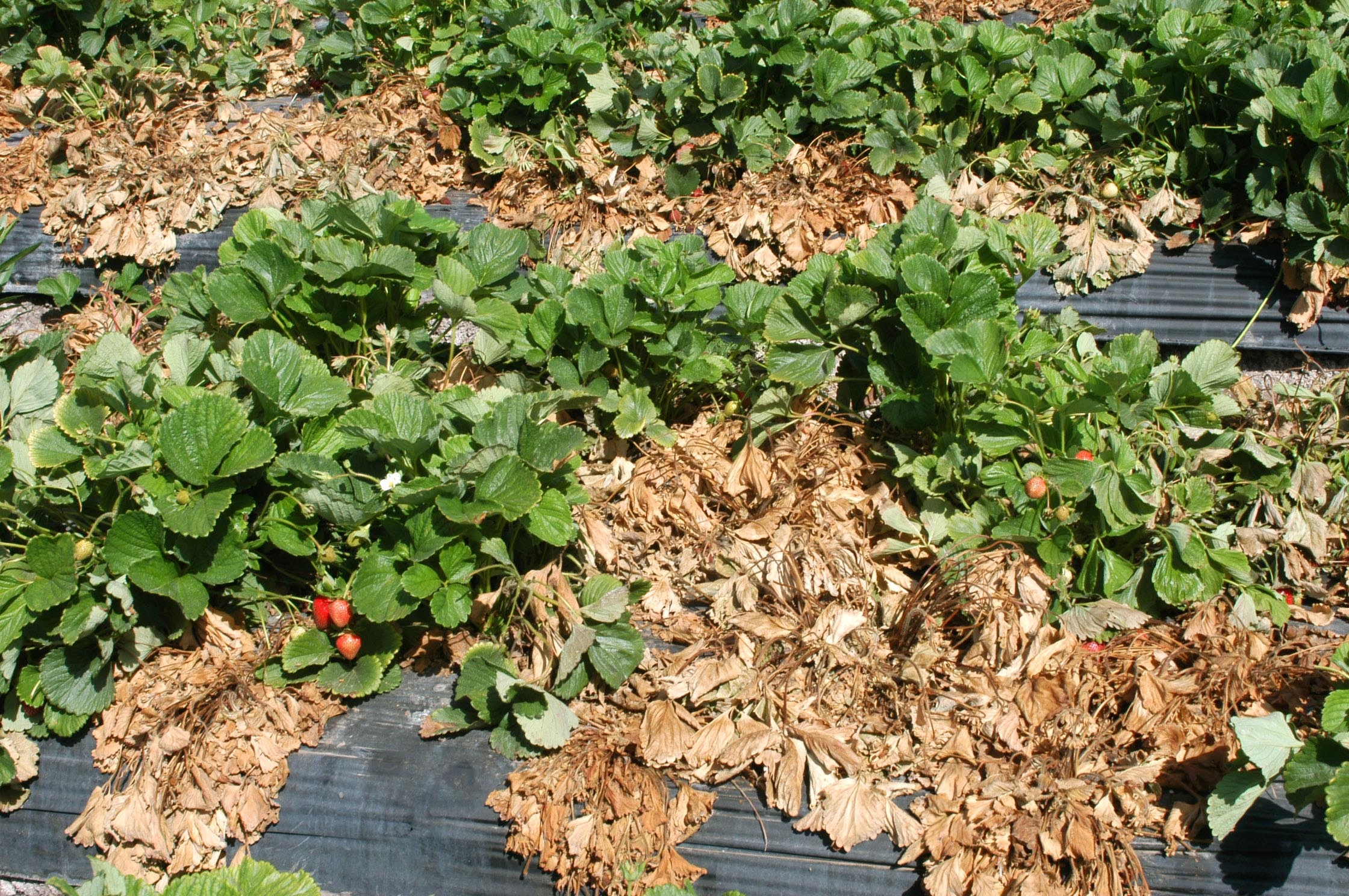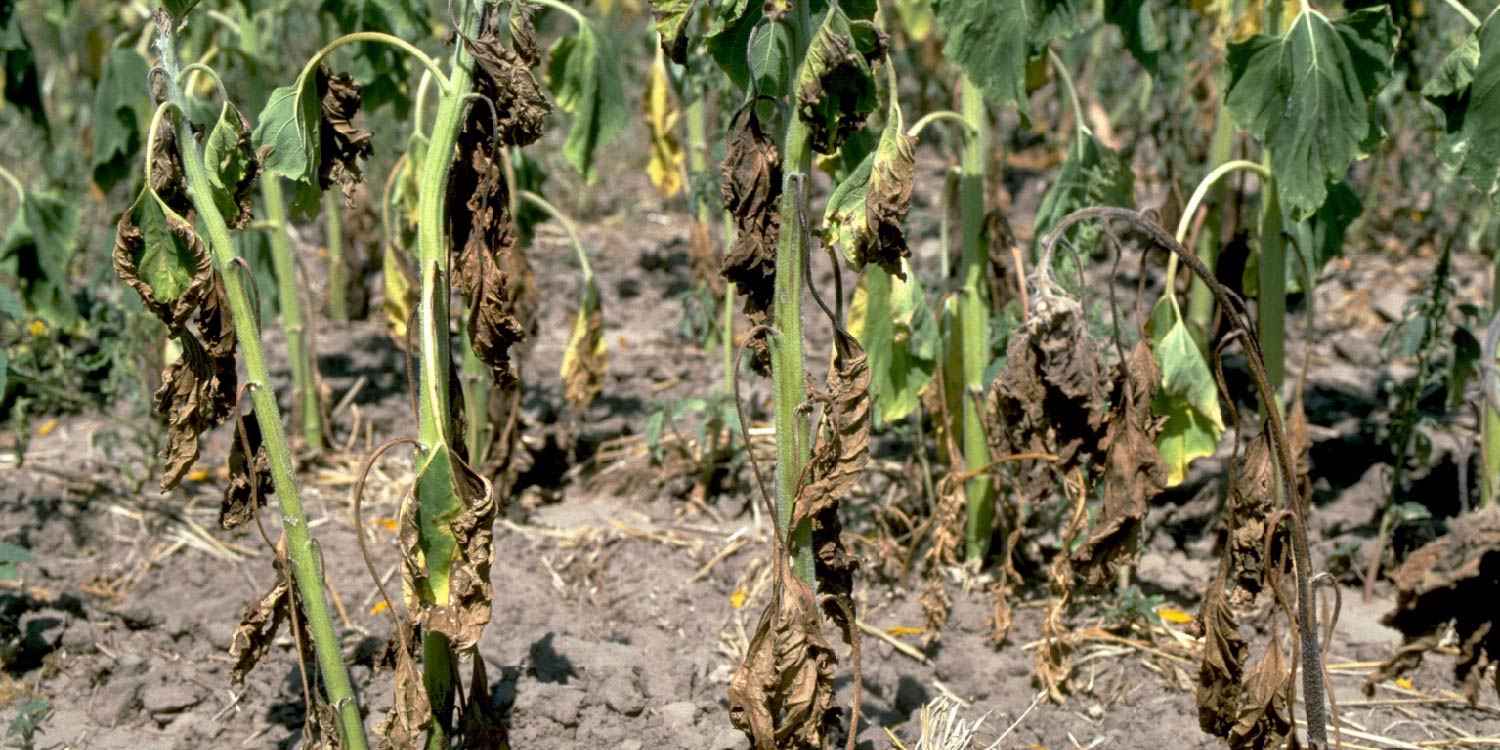How to Get Rid of Fusarium Wilt
Even when they pose serious threats to plants, and hence our health, it’s surprising that so less is known about the Fusarium wilt. The problem is widespread that targets a variety of host, including potatoes, strawberry, banana, legumes, and tomato. So, whether you’re into farming or just maintaining a vegetable garden in the backyard as a hobby, it’s important that you know about this fungal disease to not only recognize when the plant is affected but to also effectively treat and prevent them. Let’s jump in!
What is Fusarium?
Going with a range of scientific names, in layman’s term, Fusarium is a type of fungal disease. A pathogen called Fusarium oxysporum is the main cause of Fusarium wilt. One of its key properties is that it includes mycelium, which, impossible to see with naked eyes, spreads through plant tissues, affecting plants with virtually no early signs. This makes it very difficult for people, particularly those who aren’t in the know about the disease, to spot it early and take immediate actions. And what makes things even worse is that there exist fourteen different species of Fusarium, each with distinct properties and varying damages. Some of the common types, whose prevalence depends on the host type, include Fusarium solani, Fusarium verticillioides, and fusarium culmorum.
When is it most active?
Fusarium wilt can spread in the host in any environment. However, high temperature and warm moist soils are more favorable to its growth. So, while you need to look out for them around the year, summer and pouring season must have your close attention. They are the most active during these selected months.
What Crops Does it Attack?
Fusarium Oxysporum can affect a very wide range of plants—right from trees and grasses to food crops and even ornamentals. So, no one is really safe. Meaning, you’ve got to be extremely cautious irrespective of what you’re growing in the farm or backyard.
Now, generally, people assume vascular wilt the most prominent tell-tale sign. But there exist plenty other accompanying symptoms you must look for to take the right remedial measures going ahead. These signs include chlorosis, premature leaf drop, necrosis, the browning effect in the vascular system, and damping-off. So, irrespective of the season and plant types, you should always look out for such tell-tales.
How to Treat and Prevent it?
If you’re already seeing amassed wilting and plants virtually collapsed that can’t adequately be “treated”, it’s best to get rid of them first. Cut them off and dispose of properly. Remember, the disease can spread even through infected dead plant materials. So, disposing of them correctly is an important part. Following, those partially affected, they can be treated by the right bacterial solutions and organic fertilizing agents. In recent times, heat treating soil, too, has emerged to be a good measure to control the fungal growth.
When it comes to preventing Fusarium blight and rot, there are a host of things you can do. A go-to is to invest in the right biological solution. It’s the simplest and most hassle-free method. Moving along, effective moisture regulation is another great technique to prevent the disease. Since it breeds in the warm moist soil, you should try to keep the land dry and clean. But remember not to keep it too dry though. Also, aim to keep the whole space uncongested for good air circulation, which is also highly effective in preventing fusarium mold in crops and plants. Other preventive measures include sowing the seeds correctly, tool sterilization, and crop rotation.
Millions of people across the world struggle to effectively deal with Fusarium wilt. Don’t be one of them. Now you know what it is and what steps you must take to treat and prevent the disease, act immediately. Go out and see signs of Fusarium oxysporum in your plants. If you see one, you know what to do.
About SurVerda Labs
SurVerda Labs is recognized for its innovative products, providing the right solutions that incorporate Plant Wash – a natural disinfectant technology that has the surfactant capability – an enhancer for Fertilizers, Fungicides, Pesticides & Herbicides. Don’t let this disease sweep away all your hard work and spoil your harvest. Take the necessary action starting today.
For more information and assistance, get in touch with a SurVerda team member. Click here to contact us





